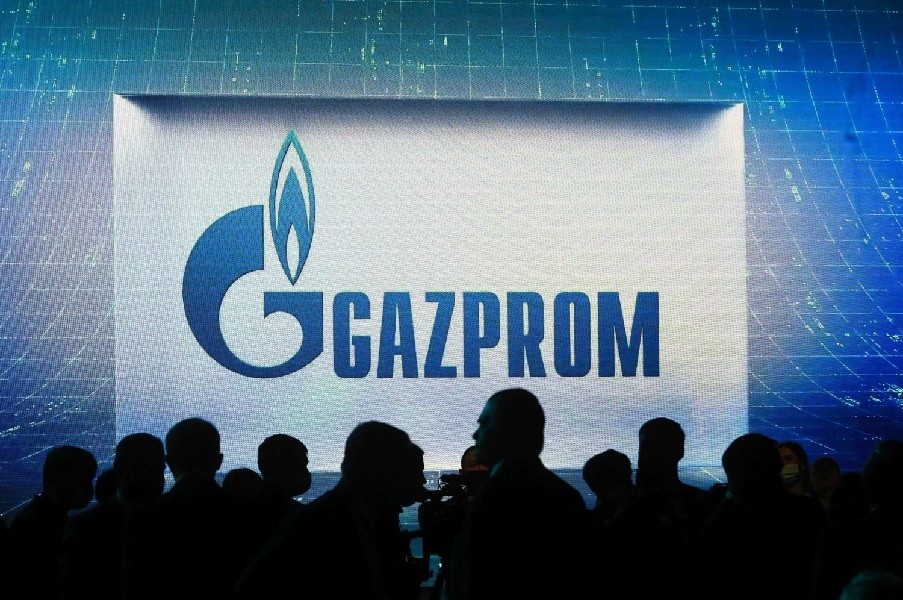 |
| Hit by a 'devastating' blow from the West, Russia and giant Gazprom are less devastated thanks to 'backing'. (Source: Getty Images) |
Gazprom, Russia's energy giant, has been hit hard by US and Western sanctions targeting the state-owned company headed by Alexei Miller, a close associate of President Vladimir Putin. The company's net profit fell 41.4% in 2022.
Important driving force of Russian economy?
So what's behind the drop in profits? And how has Gazprom coped with the sanctions?
A statement published by Russian news agencies revealed that the increase in tax payments in the second half of the year had a direct impact on the company's profit margin. "The profit margin was affected by the increase in tax payments in the second half of the year," the source said.
Hit hard by the Russia-Ukraine conflict and under sanctions, Europe's pipeline natural gas imports from Russia are set to fall by 55% by 2022, according to a report by the Gas Exporting Countries Forum released last month.
To cope with the restrictions imposed by the European market, except for the purchase of liquefied natural gas, Gazprom has sought to strategically pivot to Asia. It can also be said that Asia has backed not only Gazprom, but also the Russian energy industry and the country's economic activity.
China, in particular, has emerged as an important economic partner for Russia, especially since the West implemented unprecedented sanctions following Moscow's military campaign in Ukraine.
In March, Gazprom announced that it had set a record for daily gas supplies to China via the Power of Siberia pipeline. Furthermore, total deliveries via the pipeline hit an all-time high of 15.5 billion cubic meters last year.
However, redirecting gas exports to new markets requires building expensive infrastructure and is a time-consuming process. Gazprom reportedly plans to start building the Power of Siberia 2 pipeline in 2024.
Gazprom owns the world's largest gas reserves, employs around half a million people and thus remains a key driver of Russia's economic growth.
Gazprom's financial report for 2022 shows a profit of 1.2 trillion rubles ($15 billion), down significantly from the 2.1 trillion rubles recorded the previous year. Due to the decline in profits, the board of directors recommended holding back dividend payments, according to a company statement.
Important Russia-Asia Ties
As one US National Security Council official put it, “The sanctions campaign was aimed at Russia as a form of economic ‘shock and awe.’” But after a brief financial crisis, Russia rerouted much of its trade toward Asian economies.
Asian economies have served as alternative destinations for Russian exports as well as new sources of imports. Trade links with China, India, Türkiye, the Gulf states and Central Asian countries have boosted the Russian economy.
Bilateral trade between Russia and China is expected to increase by 29% in 2022 and 39% in the first quarter of 2023. This figure could reach 237 billion USD by the end of 2023, larger than China's total bilateral trade with economies such as Australia, Germany, etc.
In 2022, Russia's trade with the United Arab Emirates (UAE) increased by 68%, while trade with Türkiye increased by 87%. Russia-India trade increased by 205% to $40 billion.
Export diversion has been a lifeline for Russia’s energy sales, which account for a large part of its trade. In January 2022, European countries imported 1.3 million barrels of Russian oil per day, while Asian customers bought 1.2 million barrels per day. By January 2023, Russia’s sales to Europe had fallen below 100,000 barrels per day, but exports to Asia had risen to 2.8 million barrels per day.
Asian demand has more than offset the decline in Russian oil exports to Europe. India has become the largest buyer of Russian seaborne crude, taking in more than 1.4 million barrels per day since the start of 2023. Chinese importers are close behind, buying between 800,000 and 1.2 million barrels per day in 2022. In one year, India, China, Türkiye and the Gulf states have completely replaced European demand for Russian oil exports.
Asian exporters have also filled some of the void left by Western suppliers of advanced manufacturing equipment and high-tech products. Chinese companies now account for 40% of new car sales and 70% of smartphone sales in Russia.
The withdrawal of foreign direct investment from the West has severely affected the domestic auto industry. Russia has turned to importing used European and Japanese cars through third countries, with new cars mainly coming from China.
China and Hong Kong have emerged as major suppliers of microchips, components that Russia had begun stockpiling before the conflict. In 2022, Russian companies shifted to importing more advanced chips, with imports of semiconductors and circuit boards rising 36% between January and September 2022 compared to the same period in 2021. It remains to be seen how effective these import channels will be in the long term, but in the short term, Western technology export controls have not created a chip “famine” in Russia.
Russia's trading partners in the Eurasian Economic Union (EAEU) also play a role in mitigating the impact of technology export restrictions. Central Asian economies are actively acting as conduits for parallel imports and transit trade.
The European Bank for Reconstruction and Development concluded that, although Russia’s trade with the US, UK and the European Union (EU) has fallen significantly, EU and UK exports to Armenia, Kazakhstan and Kyrgyzstan… have increased significantly. This reflects the rerouting of trade from these countries to Russia. This rerouting effect via Central Asia is most noticeable in the import of machinery and chemical products.
As of October 2022, the annual increase in exports to Russia from China, Belarus, Türkiye, Kazakhstan, Kyrgyzstan and Armenia was almost equal to the decrease in exports from Europe, the US and the UK to Russia.
Asian economies act as alternative suppliers to the Russian economy, as new customers and price setters for Russian oil exports on the global market, significantly reducing the impact of Western sanctions.
While sanctions have dented Russia’s growth potential, its economy has been sustained by a major trade realignment. The participation of several other Asian economies, including Japan, South Korea, Taiwan (China) and Singapore in the financial and technological sanctions has had little effect, in part because trade between these East Asian countries and territories and Russia continues in the areas of energy production and trade.
Therefore, the trade power against Asian sanctions belongs mainly to China and India, as well as some Middle Eastern and Central Asian economies.
These geo-economic realities are likely to complicate future Western sanctions.
Source



![[Photo] Vietnam and Sri Lanka sign cooperation agreements in many important fields](https://vphoto.vietnam.vn/thumb/1200x675/vietnam/resource/IMAGE/2025/5/5/9d5c9d2cb45e413c91a4b4067947b8c8)





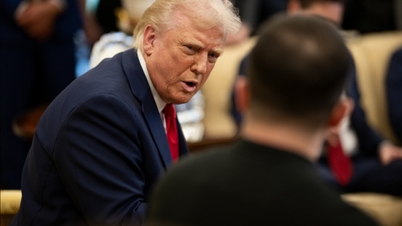

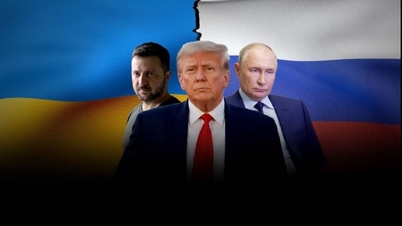


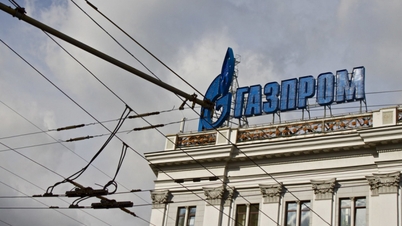
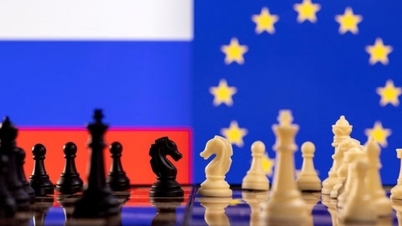










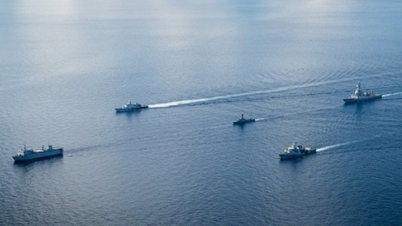


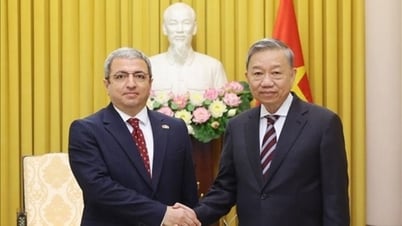


![[Photo] President Luong Cuong and Sri Lankan President Anura Kumara Dissanayaka visit President Ho Chi Minh relic site](https://vphoto.vietnam.vn/thumb/1200x675/vietnam/resource/IMAGE/2025/5/5/0ff75a6ffec545cf8f9538e2c1f7f87a)










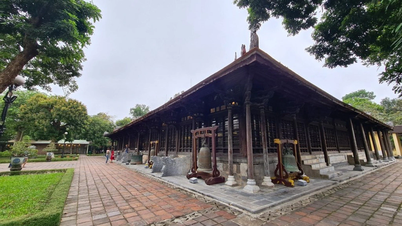














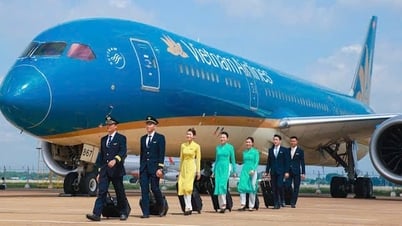




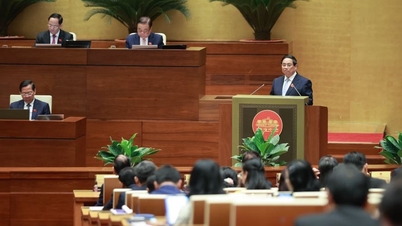

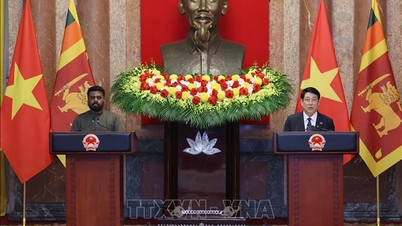
![[Photo] President Luong Cuong presided over the welcoming ceremony and held talks with Sri Lankan President Anura Kumara Dissanayaka](https://vphoto.vietnam.vn/thumb/402x226/vietnam/resource/IMAGE/2025/5/5/351b51d72a67458dbd73485caefb7dfb)

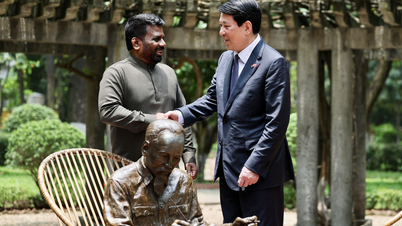
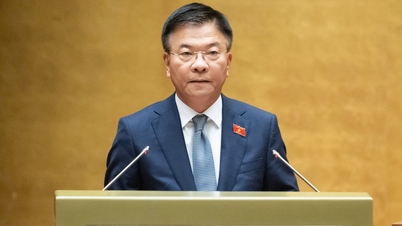








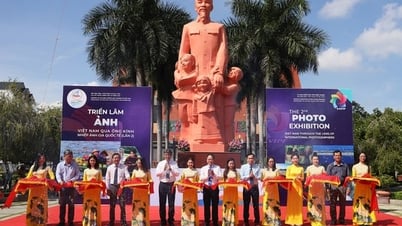













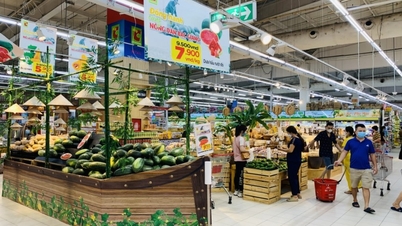








Comment (0)